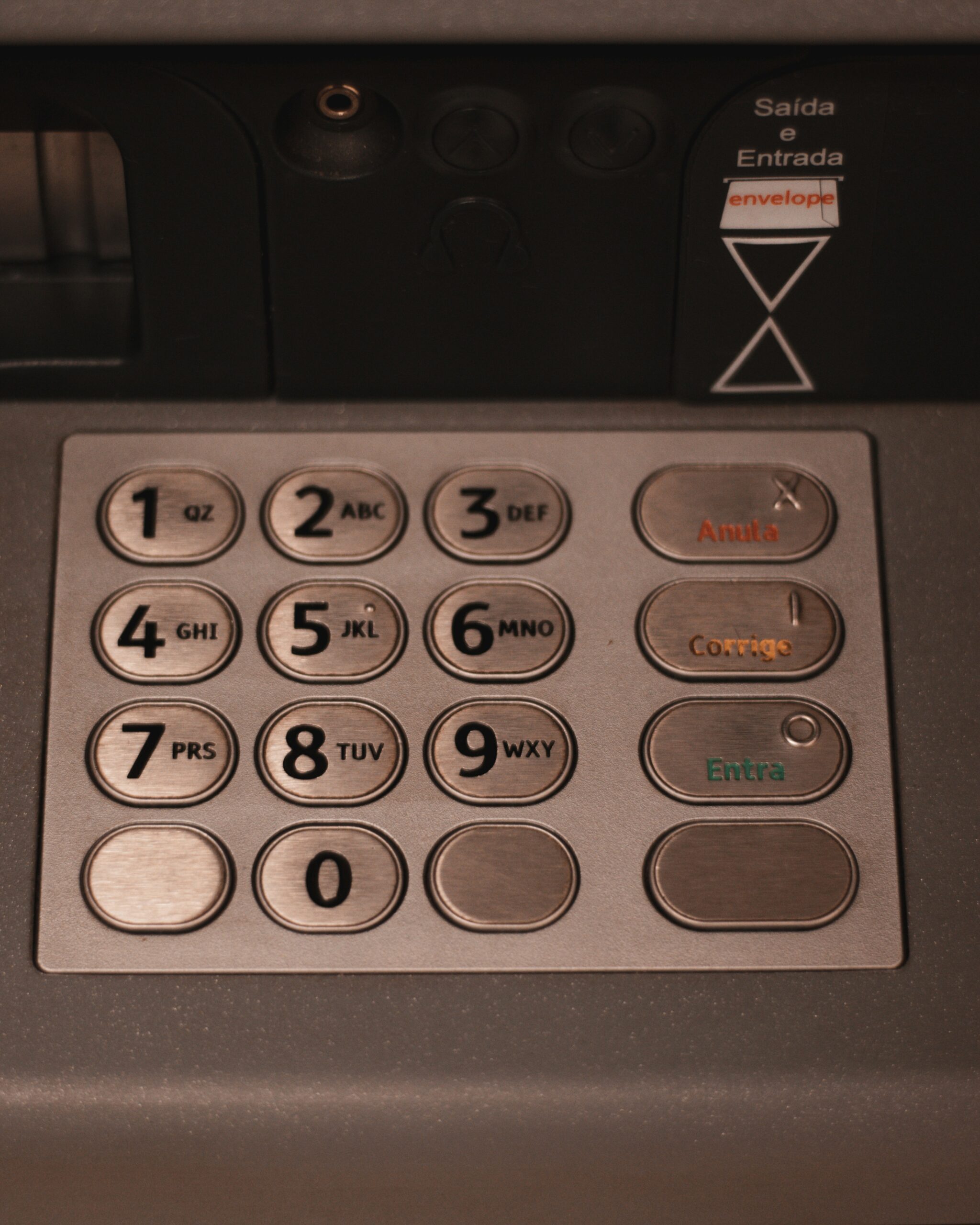Understanding ATM Skimming
ATM skimming is a sophisticated method used by criminals to steal cardholder information and gain unauthorized access to their bank accounts. It involves the installation of skimming devices on ATMs, which are designed to capture the data from the magnetic stripe on the back of the card as it is inserted into the machine.
Once the skimming device captures the card data, criminals can use it to create counterfeit cards or make unauthorized online purchases. Skimming scams have become increasingly prevalent in recent years, with criminals constantly developing new techniques to deceive unsuspecting cardholders.
Recognizing Skimming Devices
Skimming devices are designed to blend in with the ATM, making them difficult to detect. However, there are some visual cues that can help you identify compromised ATMs:
- Card Slot Overlay: Criminals often place a fake card slot overlay on top of the legitimate one. This overlay captures the card data as it is inserted into the ATM.
- Pinhole Camera: Skimming devices may also include a pinhole camera positioned to capture the PIN entered by the cardholder. The camera is usually hidden in a seemingly innocent part of the ATM, such as the brochure holder or the top of the machine.
- False Keypad: In some cases, criminals may replace the original keypad with a fake one that records the keystrokes of the cardholder. These fake keypads are often made of a rubber-like material that feels slightly different from the genuine keypad.
It is important to note that not all compromised ATMs will display these visual cues. Criminals are constantly evolving their techniques, so it is crucial to be vigilant and look for anything suspicious when using an ATM.
Avoiding Skimming Scams
While it may be challenging to spot skimming devices, there are several steps you can take to protect yourself from falling victim to skimming scams:
- Inspect the ATM: Before using an ATM, take a moment to visually inspect the card slot, keypad, and surrounding areas. Look for any signs of tampering, such as loose or mismatched parts.
- Use ATMs in Secure Locations: Whenever possible, use ATMs located in well-lit, high-traffic areas. Criminals are less likely to target ATMs that are easily visible to others.
- Protect Your PIN: When entering your PIN, use your other hand or body to shield the keypad from prying eyes or hidden cameras. Be cautious of anyone standing too close or behaving suspiciously.
- Monitor Your Accounts: Regularly review your bank statements and transaction history to identify any unauthorized activity. If you notice any discrepancies, report them to your bank immediately.
By following these precautions, you can significantly reduce the risk of falling victim to ATM skimming scams.
Advancements in ATM Security Technology
Financial institutions and ATM manufacturers are constantly working to improve security measures to combat skimming attacks. Some of the advancements in ATM security technology include:
- EMV Chip Technology: The adoption of EMV (Europay, Mastercard, and Visa) chip technology has made it more difficult for criminals to clone cards. EMV chips generate unique transaction codes for each transaction, making it virtually impossible to create counterfeit cards.
- Cardless ATM Transactions: Some banks now offer cardless ATM transactions, where customers can use their smartphones to initiate transactions instead of inserting their physical cards into the ATM. This eliminates the risk of card skimming.
- Anti-Skimming Devices: ATM manufacturers have developed anti-skimming devices that can detect and prevent the installation of skimming devices. These devices use advanced technology to identify any anomalies or tampering attempts.
While these advancements have significantly improved ATM security, it is important to remain vigilant and follow best practices to protect your cardholder information.
Conclusion
ATM skimming scams continue to pose a threat to cardholders, but by staying alert and taking necessary precautions, you can minimize the risk of falling victim to these fraudulent activities. Remember to inspect ATMs for any signs of tampering, protect your PIN, and monitor your accounts regularly. Additionally, advancements in ATM security technology, such as EMV chip technology and anti-skimming devices, are helping to combat skimming attacks and enhance the overall security of ATM transactions.




